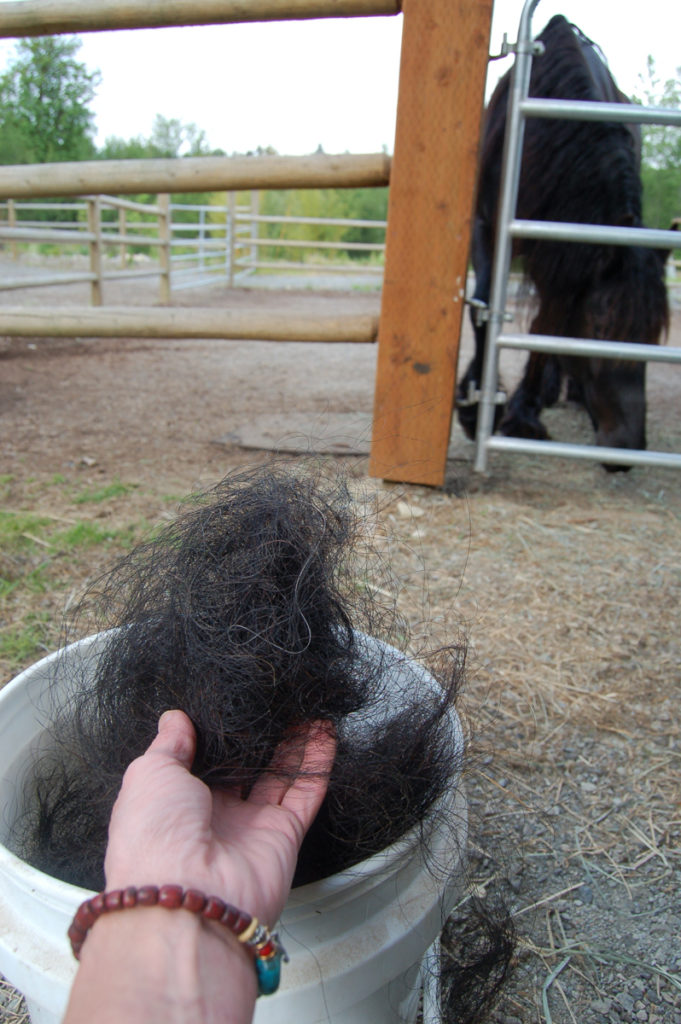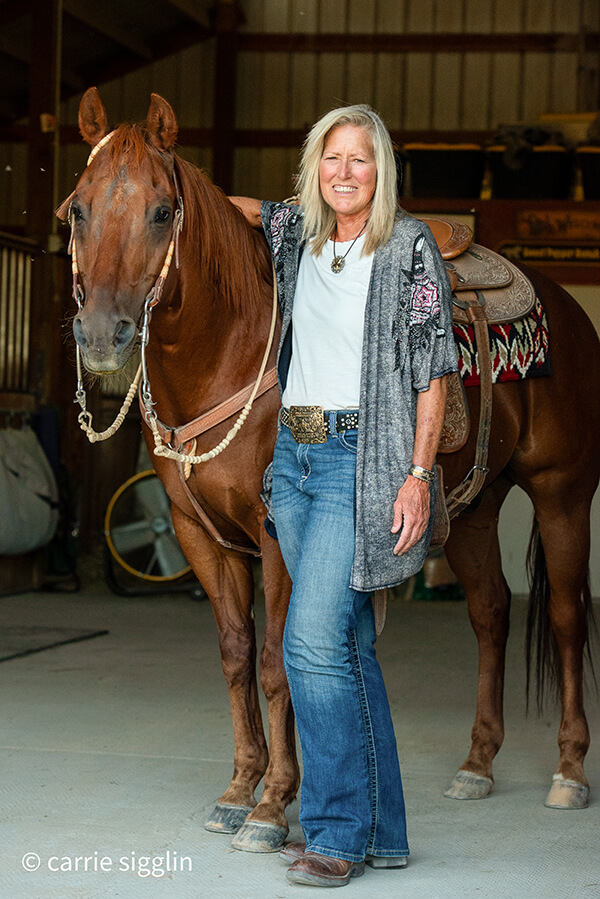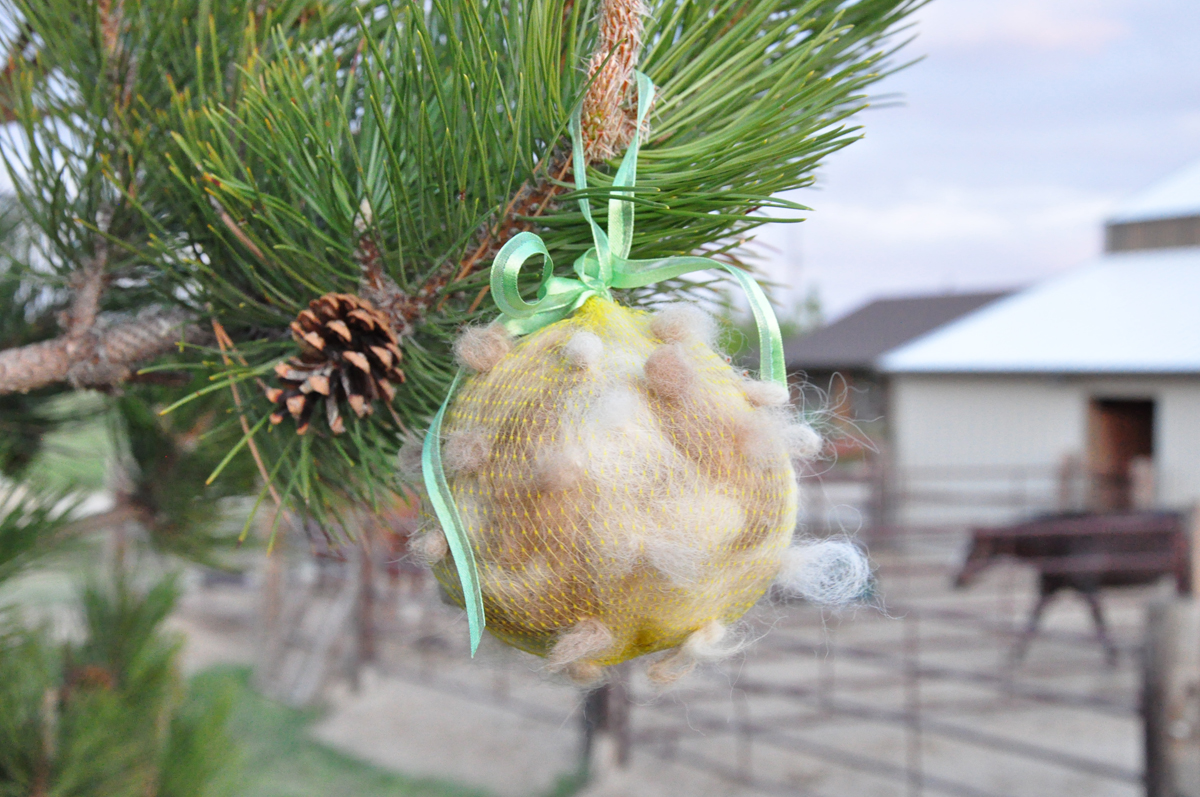Control Pests Naturally with Native Birds
by Alayne Blickle

Every horse person loves spring, but what gives us great hope of summer being just around the corner is the return of swallows to the Pacific Northwest. Depending on where you live, you should begin seeing swallows in March and April. Their cheery twittering, which brightens even grey spring days, mark their return from Central America where they overwinter. Several types of swallows are native to the Pacific Northwest including violet-green swallows, tree swallows, barn swallows and cliff swallows. What’s particularly exciting to horse owners about these guys is that swallows are voracious insect eaters. These slender little birds (about five or six inches in length), with pointed wings and tails, eat between 800 and 1,000 insets per bird per day. Multiply that by two for a nesting pair and over a period of weeks you have excellent insect control without buying anything (outside of a nest box or two) or using chemicals.
Cliff and barn swallows build mud nests on the underside of roofs, bridges, cliffs and in barns. Violet-greens and tree swallows are secondary cavity dwellers, meaning they nest in already created holes and crevices such as those in dead trees and snags, or those made by woodpeckers. Happily for us, they also take very well to nest boxes. Nest boxes for violet-greens and tree swallows are easy to build or buy and hang in your yard or horse property and these birds are easily attracted to them. Note: nesting boxes must be specific to the type of swallows in your area. Poorly made boxes encourage non-native species, such as starlings, to move in. These can out-compete swallows and other natives. Consult your local Audubon chapter, birding organization, cooperative extension office, the library or the internet for advice on the types and sources of nesting boxes.

The springtime return of swallows conveniently coincides with shedding season. During grooming sessions, collect horse and dog hair to set out in tufts in your pasture area. Then, once nesting season commences in April and May, the swallows will begin recycling that hair into nesting material.
In addition to a season’s worth of free, non-toxic pest control, these pretty little birds also provide horse owners with entertainment through their graceful flight acrobatics as they swoop to pick up nesting material and dart about catching insects.
Interested in other green horse property management techniques? Check out upcoming Horses for Clean Water events.

Alayne Blickle began in the 1990’s as a pioneer in water conservation and natural resources conservation by creating the entrepreneurial consulting business, Horses for Clean Water, an award-winning internationally acclaimed education program that looks for horse-healthy, nature-based solutions to land management challenges. She continues this work today partnering with agencies, organizations, and horse owners throughout North America and worldwide. She is a regularly contributing writer and photojournalist to several equine publications.
Alayne lives with her horse trainer husband, Matt Livengood, in southwestern Idaho where they raise and train AQHA horses and mustangs on their eco-friendly horse ranch. Contact her through the Horses for Clean Water website or through their ranch website Sweet Pepper Ranch.
For more information contact Alayne at [email protected] or 206-909-0225.






